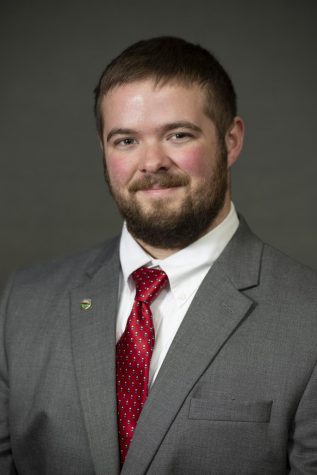Honoring MLK Day
January 20, 2019
Monday, Jan. 21 is the celebration of Martin Luther King Jr. Day to honor and remember the sacrifice of a visionary who helped effect major changes in America to build equality between the races. He was a man of great charisma and fortitude, qualities that helped him to bring about much-needed change in our nation. In present day, we look back on his achievements and the work he did to make his dream of a unified nation a reality.
Martin Luther King Jr. was born on Jan. 15, 1929 in Atlanta and became a Baptist minister in his adult life. His love of singing and music led him to be skilled in public speaking, an ability that would serve him well as he began to lead protests. King’s most memorable moment is, undoubtedly, his ‘I Have a Dream’ speech that he gave on Aug. 28, 1963 where he spoke of his great vision of a united nation.
King’s dream is still remembered today through the national holiday. His work is honored at Washburn with Living the Dream Week, which held events running from Jan. 13 to Jan. 21. These events included Unity in the Community Day on the 13, Educational Outreach Day on the 15, a march hosted by the governor on the 17, Community Leadership Day on the 18, the Martin Luther King Jr. Scholarship and Awards banquet on the 19 and the Day of Community Service on the 21.
Students at Washburn today are still affected in both major and minor ways by King’s legacy. Sydney Van Dyke, a senior English major, said that his work still has great importance today and that we could do more to remember the work he did for the Civil Rights Movement.
“100 percent he has been very influential to me. My dad was African-American and if it wasn’t for King’s work I probably wouldn’t have been born,” Van Dyke said.
Josh Maler, a senior English major, believes that King’s actions are still in full effect on our everyday lives.
“If the Civil Rights Act of 1964 and ‘68 didn’t ever come to pass, then that hate, discrimination, and segregation from that time could still have been around,” Maler said. “With all of that hate that was taught to children and to their children etc., then I and many others could have been just like many others from that time, and I wouldn’t have some of the friends I have now.”
Students at Washburn can, if they have an interest in the history of the Civil Rights Movement or King’s achievements, visit the Brown v. Board of Education historic site located at 225 SW 12th Street. The building displays the racial segregation in schools that was common during the Jim Crow era of American history and teaches visitors about the struggle of racial equality during the 50s and 60s. The building is a time capsule of a dark time in American history and a valuable landmark.



